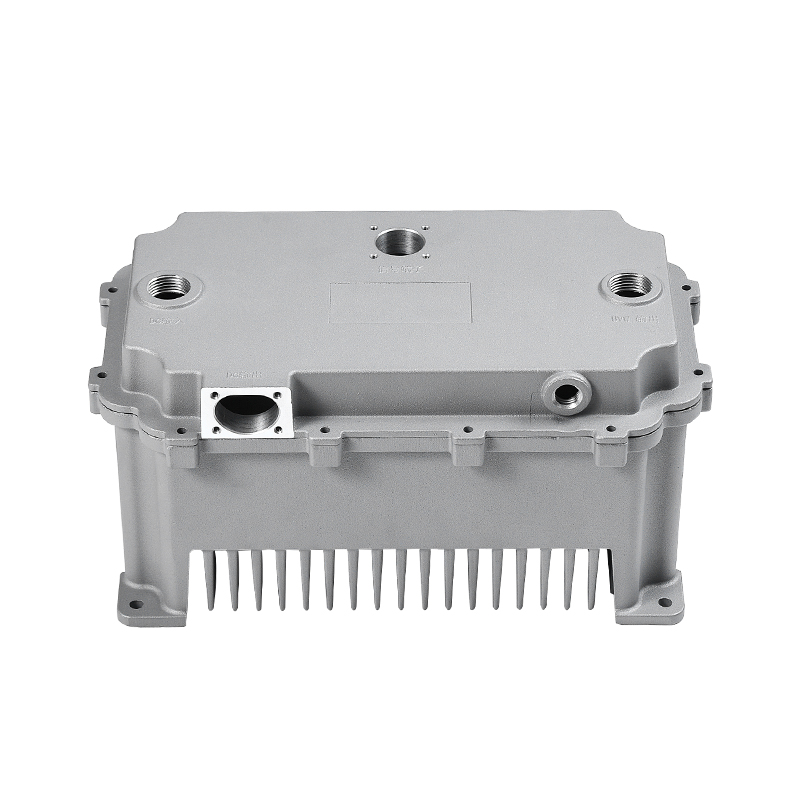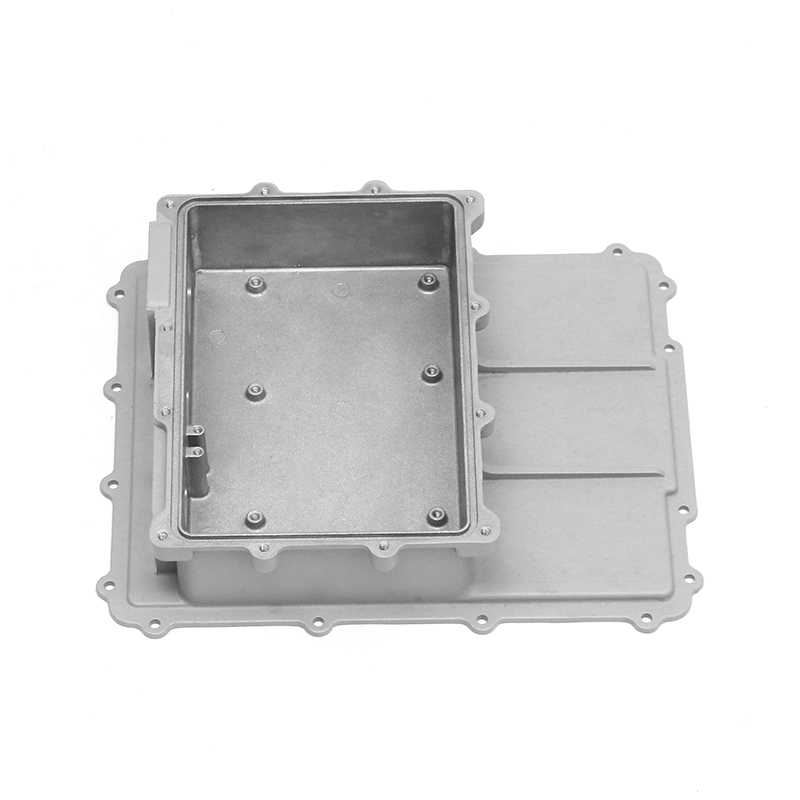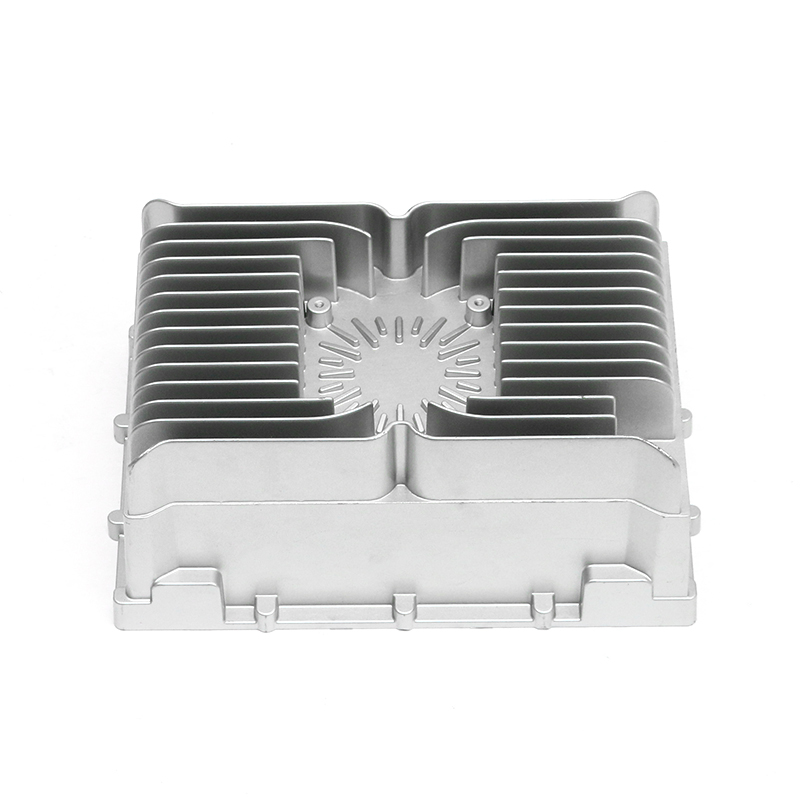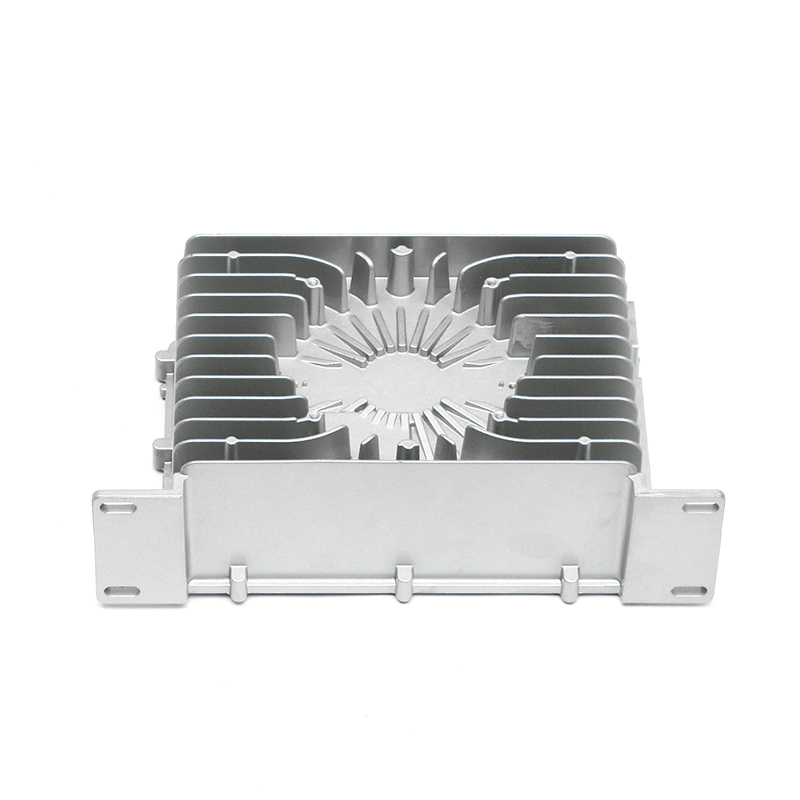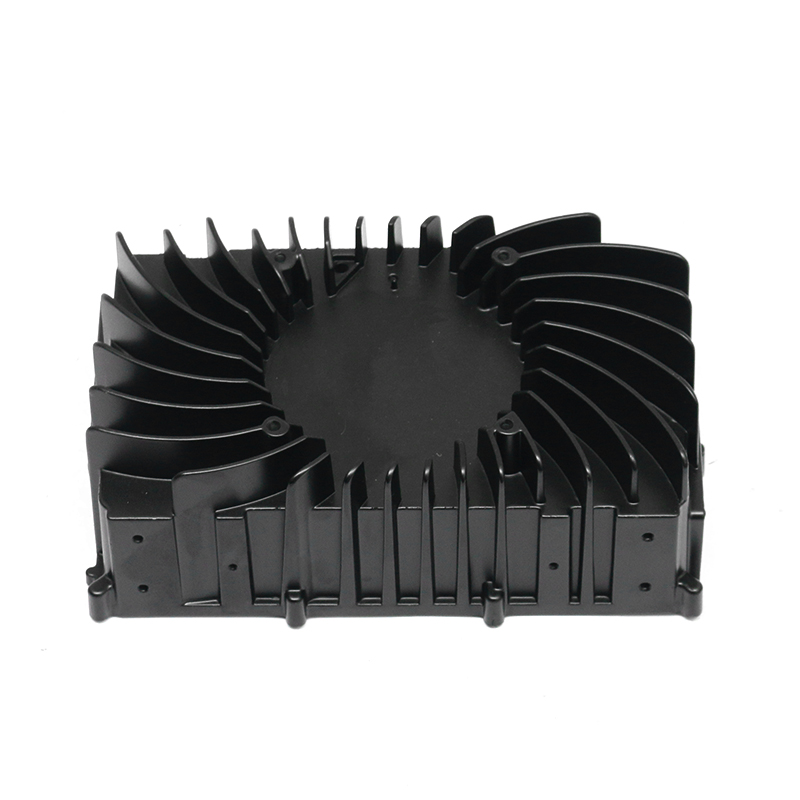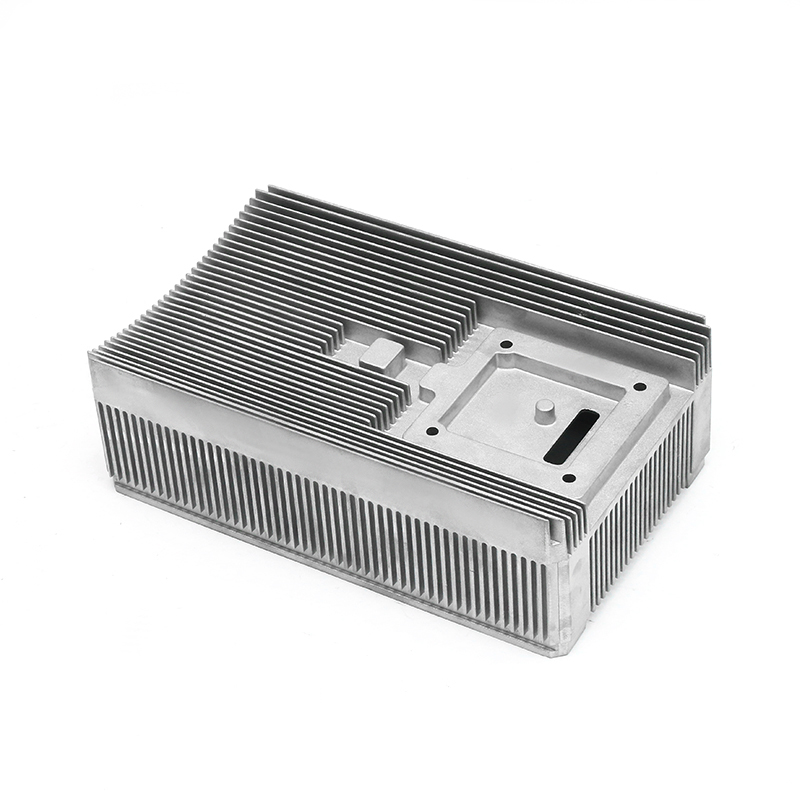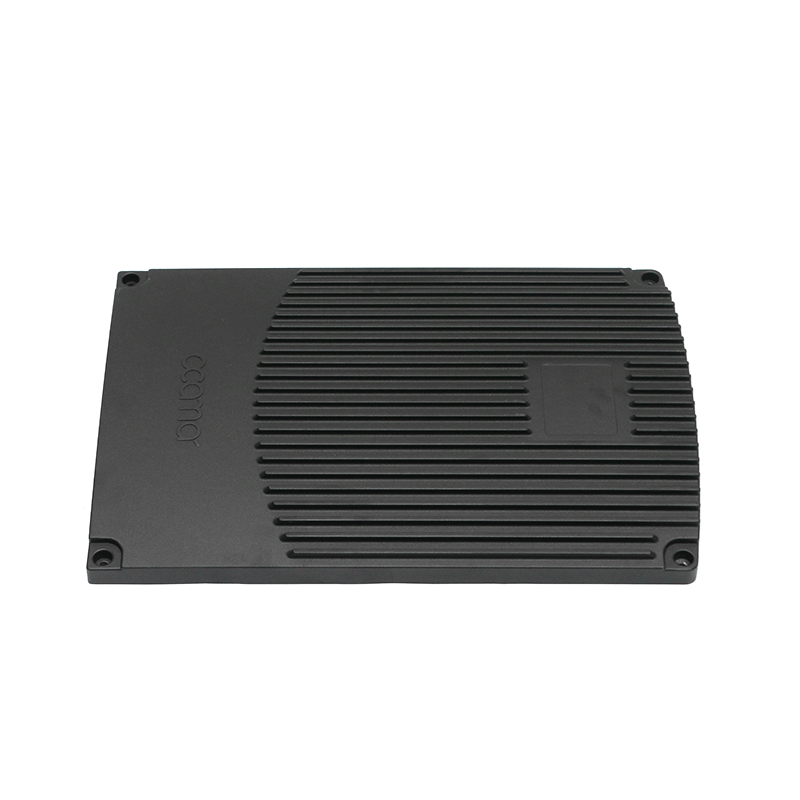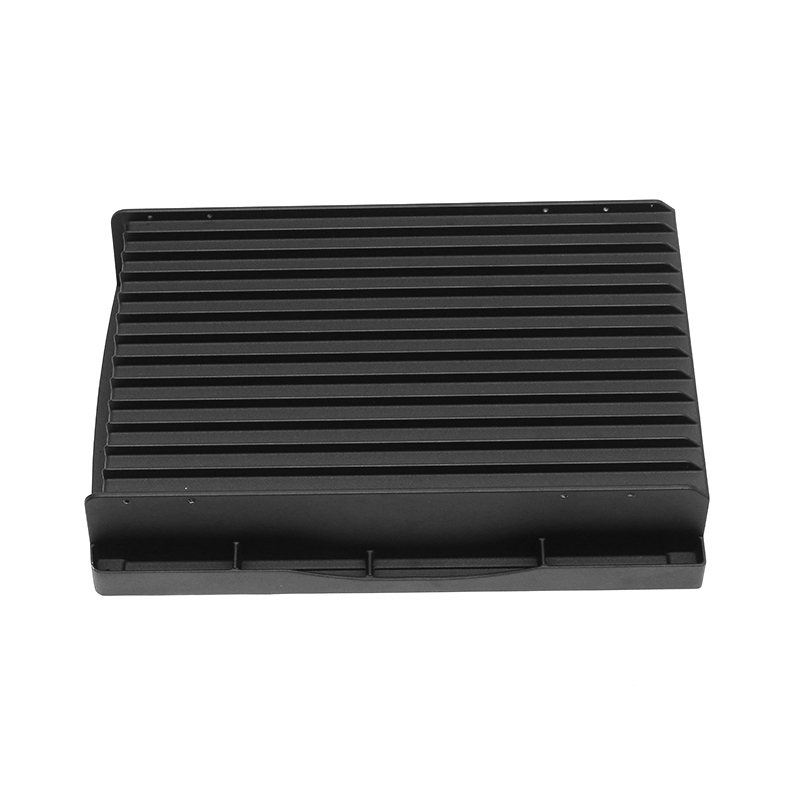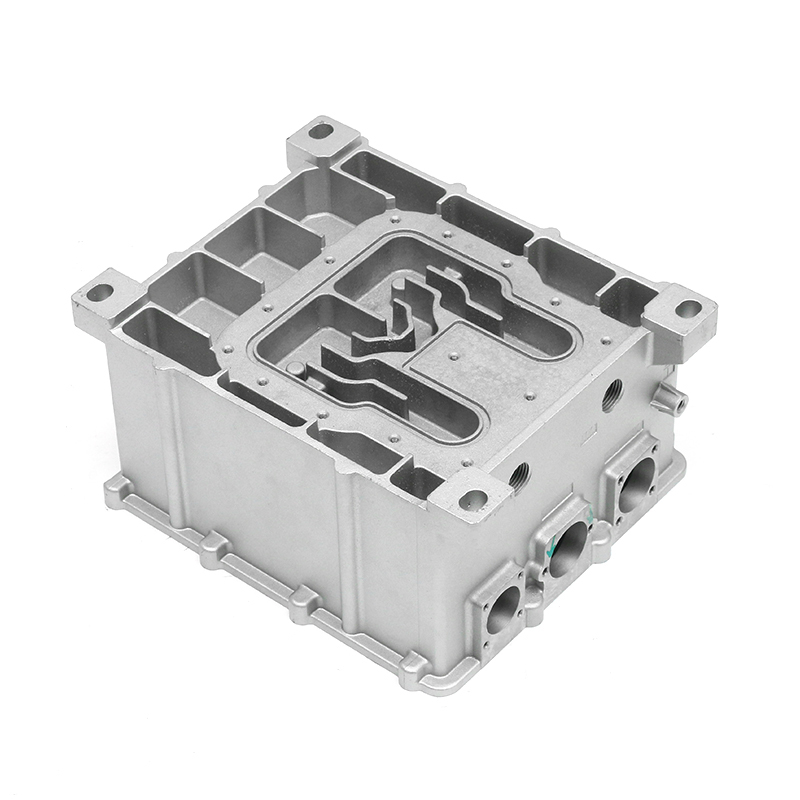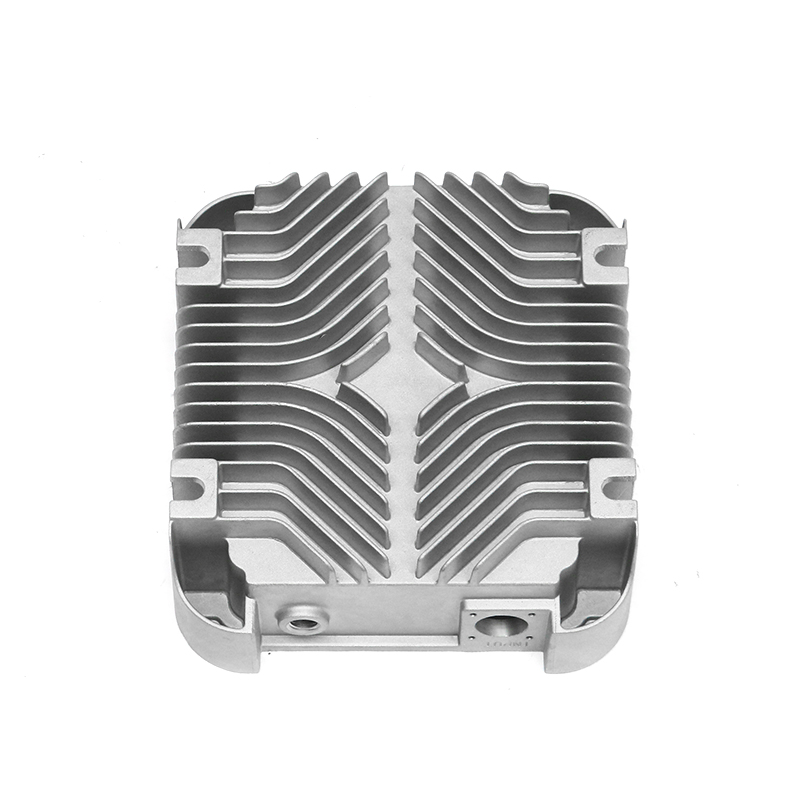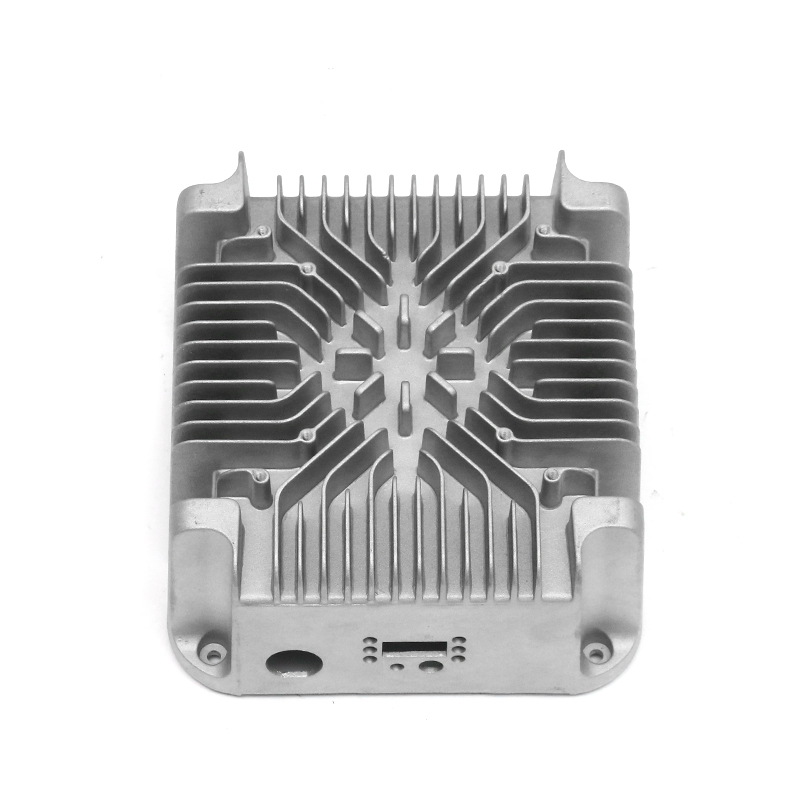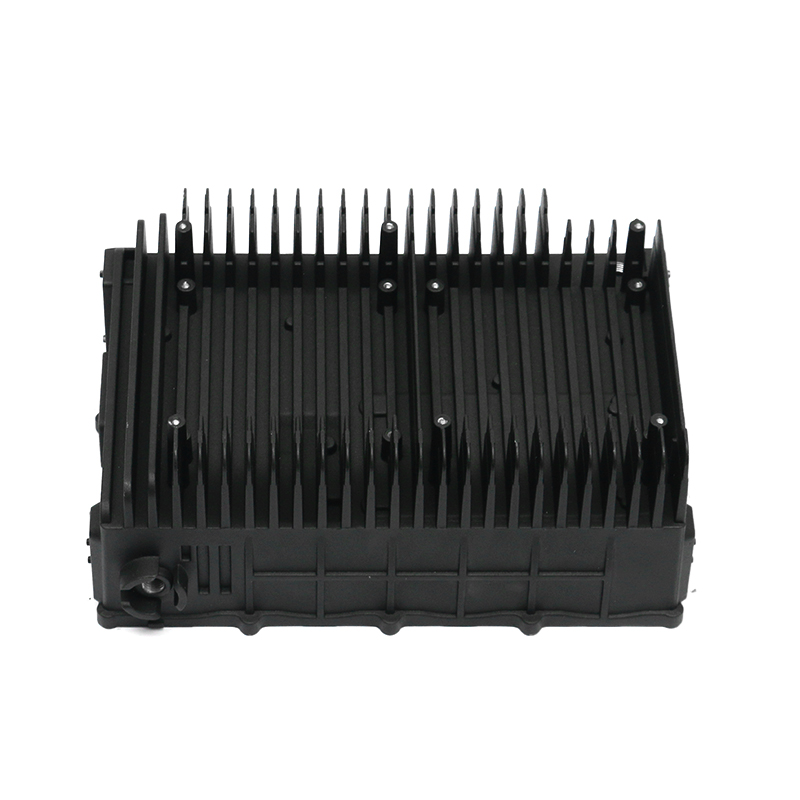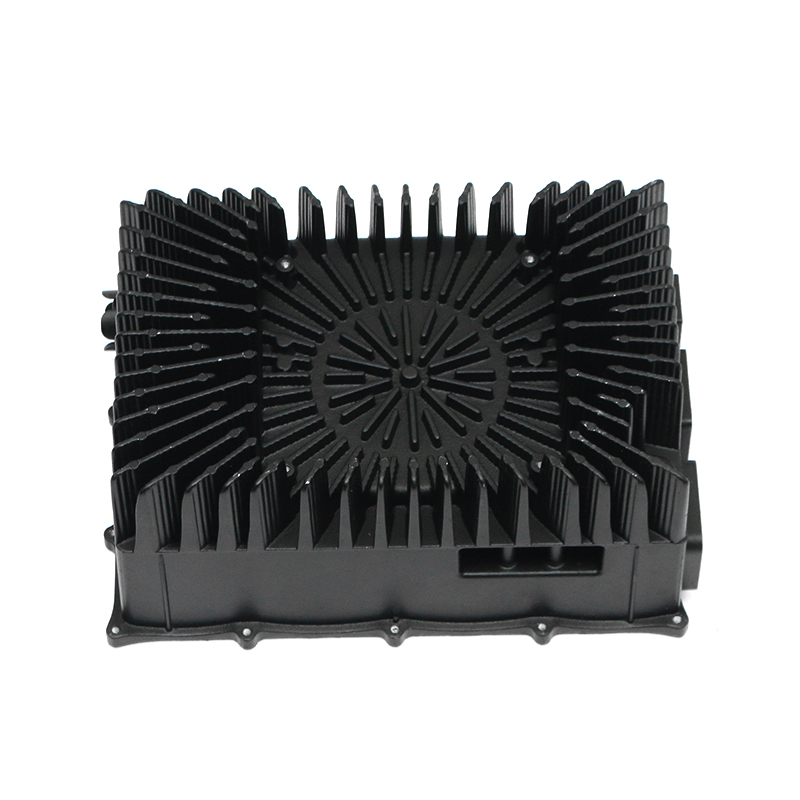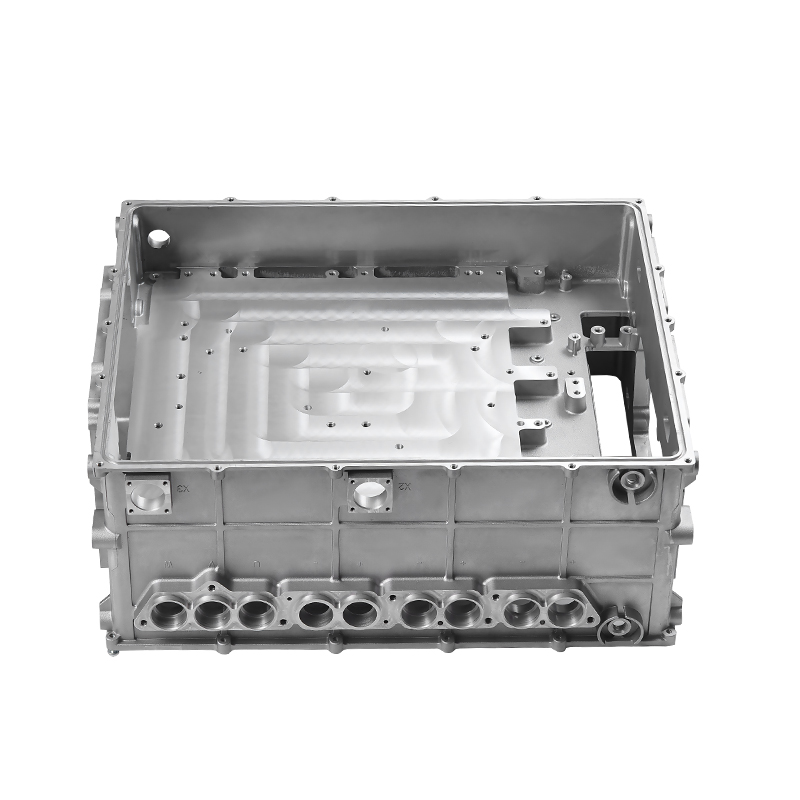The role of motor housing in new energy systems
As a core component of electric vehicles, wind power generation, energy storage systems and other application scenarios, the operating efficiency of new energy motors is not only affected by the design of the electromagnetic system, but also by the constraints of the mechanical structure. As a key component for support, electromagnetic shielding, heat dissipation and structural protection, the material selection, manufacturing process and structural optimization of the new energy motor housing will have a direct impact on the efficiency of the whole machine.
Lightweight design reduces energy consumption
Material selection and structural weight reduction
New energy equipment is extremely sensitive to overall energy consumption, especially in the field of electric vehicles, where lightweighting can directly improve endurance. Housing die-casting parts usually use aluminum alloy materials (such as ADC12, A380, etc.), which helps to reduce the overall weight while meeting the structural strength and thermal conductivity requirements. Through topological optimization and finite element analysis, the housing structure can be reasonably lightweighted. Without affecting the strength, the material usage in the non-load-bearing area is reduced to achieve the weight reduction goal.
Strategy example
*Combining grooves with rib structures to improve local rigidity while reducing material usage;
*Hollow structures or grid support designs replace solid volumes;
*Thicken key connection parts locally and thin other parts appropriately.
Optimize heat dissipation structure to improve thermal efficiency
The importance of heat dissipation performance
In new energy motors, the motor will generate a lot of heat when working for a long time. If the heat cannot be discharged in time, it will not only affect the efficiency but also shorten the life of the components. Therefore, the heat dissipation capacity of the shell directly affects the stable operation of the whole machine.
Heat dissipation design method
*Heat dissipation rib design: Add evenly arranged heat dissipation ribs or heat sinks on the surface of the shell to increase the contact area with the air and improve the natural convection heat dissipation efficiency.
*Optimize heat conduction path: Guide heat to the surface of the shell through the heat conduction channel inside the shell, so that the heat source is released faster.
*Material thermal conductivity evaluation: Selecting aluminum alloys with higher thermal conductivity (such as grades with lower Si content) can improve heat transfer efficiency.
Enhance structural strength to improve mechanical stability
The impact of structure on vibration and noise
The motor will generate vibration and noise during operation. Whether the shell structure is stable will directly affect the smooth operation of the motor. By reasonably strengthening the structural rigidity, it helps to suppress resonance, reduce mechanical loss, and improve the operating efficiency of the whole machine.
Strengthening the structural design principle
* Thickening the key stress-bearing parts: such as mounting flanges, bearing seats, and fixed support parts;
* Reasonable layout of internal reinforcement ribs: Improve the overall bending and torsion resistance;
* Symmetrical design distribution load: Avoid unilateral concentrated stress causing structural deformation.
The influence of die-casting process parameters on shell quality
The quality of die-casting molding is related to subsequent performance
During the die-casting process of the shell, factors such as alloy fluidity, mold design, cooling speed, and injection speed will affect the final density and mechanical properties. Die-casting parts with high porosity or structural defects are prone to cracks, deformation, poor heat dissipation, etc. during use.
Process optimization suggestions
* Reasonable setting of injection speed and pressure: Improve molding density and reduce pore generation;
* Optimize the gate and overflow system: Ensure that the molten metal fills the mold cavity smoothly;
* Control mold temperature and cooling time: Avoid excessive internal stress or rough surface.
Through the above optimization, the overall quality and consistency of the die-cast shell can be improved, thereby reducing energy consumption losses caused by defects.
Surface treatment enhances functionality
The importance of surface technology
The motor housing works in a humid, oily, and temperature-variable environment for a long time, and is susceptible to corrosion or contamination. Surface treatment can not only protect the material, but also improve heat conduction and electromagnetic shielding effects.
Common treatment methods
* Anodizing: Enhance corrosion resistance and improve surface hardness;
* Spraying or powder coating: Isolate the influence of the external environment and achieve electromagnetic compatibility design at the same time;
* Thermal conductive coating: Improve surface heat conduction efficiency and assist heat dissipation.
Assembly process matching and whole machine collaborative design
The impact of compatibility on efficiency
The motor housing does not exist in isolation. It needs to be coordinated with the stator, rotor, cooling system, mounting structure, etc. If the housing size error or structure is incompatible, it will affect the assembly efficiency, reduce the rigidity of the whole machine, and increase the operating resistance.
Key points of collaborative design
* Ensure the accuracy and coaxiality of the assembly hole position;
* Design the assembly guide structure for quick positioning;
* Consider the consistency of parameters such as the interface position and air duct connectivity with the cooling system.
Intelligent manufacturing and testing methods improve consistency
The use of automated die-casting equipment and precision CNC processing technology can help improve the consistency and repeatability of the shell. With the online detection system and digital modeling analysis, defects can be found in the early stages of production and the process can be adjusted in time. Common detection methods include X-ray flaw detection, three-coordinate measurement, ultrasonic testing, etc., which help screen internal defects and dimensional deviations to ensure the stability of the shell structure.
